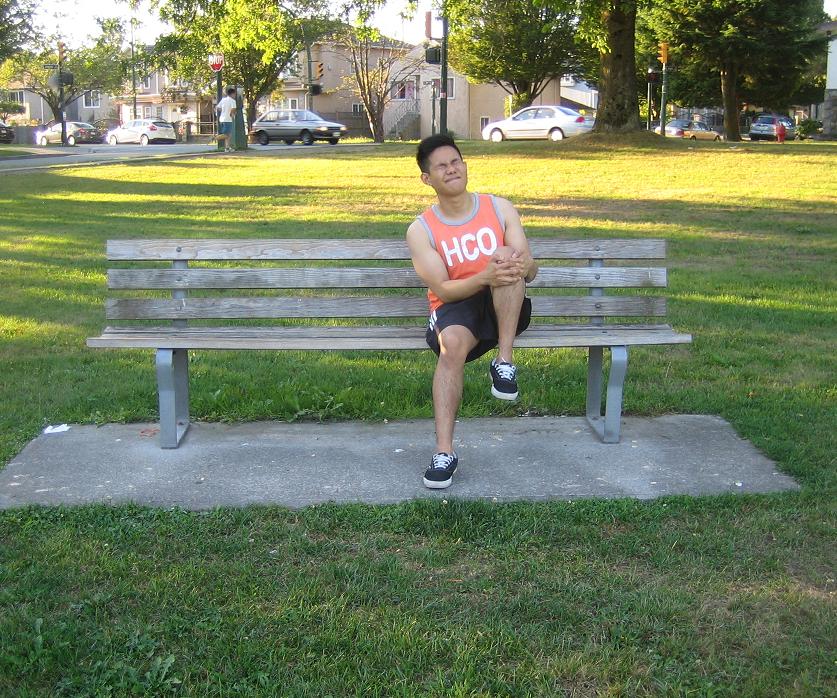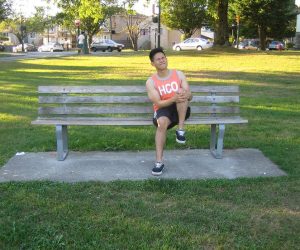Osteoarthritis of the knee involves weakening of the cartilage in the joints due to aging of the joints, obesity and injuries. The condition results to stiffness and pain in the joint.
Causes of knee osteoarthritis
- When the person becomes older, the healing rate of the cartilage decreases.
- An overweight person places significant pressure on the joints especially on the knees.
- Genetic issues predispose an individual to develop osteoarthritis of the knee such as inherited abnormalities with the shape of bones around the joint.
Pain becomes worse when performing activities and gets better when resting. - Women are more susceptible to develop osteoarthritis than men and usually common starting at the age of 55 and older.
- Repetitive stress injuries such as kneeling, squating and lifting heavy weights increases the risk for develop osteoarthritis due to constant pressure placed on the joint.
- People playing tennis, soccer or long-distance running puts an individual at higher risk.
- Condition that increases the risk for developing osteoarthritis such as rheumatoid arthritis and metabolic disorders.
Symptoms
- The joint is warm when touched
- Swelling
- Pain becomes worse when performing activities and gets better when resting.
- The knee becomes stiff usually in the morning when sitting for long periods of time
- Limited mobility of the knee, difficulty in getting in and out of vehicles, getting out of chairs, climbing stairs and walking.
- Creaking and crackling sound can be heard when moving the knees
Treatment
- If overweight, lose weight to lessen the knee pain caused by osteoarthritis.
- Perform some stretching exercises to maintain mobility and flexibility of the joint. Strengthen the muscles around the joint to make it more stable and lessen the pain. Perform exercises such as swimming, walking and yoga.
- Take the prescribed over-the-counter pain and anti-inflammatory medications such as acetaminophen, ibuprofen and naproxen to lessen the pain and inflammation.
- Apply a hot and cold compress to lessen joint pain. Apply heating pad or a hot water bottle on the affected knee for at least 20 minutes at a time several times every day to prevent stiffness of the joints. Another alternative is to take warm baths. Wrap ice cubes in a clean towel and apply on the affected knee several times every day to prevent muscle spasms. Avoid applying hot bottle or ice directly on the skin to prevent making the condition worse.
- Seek the help of the physical therapist for some rehabilation exercises to strengthen the muscles around the knee, lessen the pain and increase flexibility of the affected area.
- Apply over-the-counter topical creams and gels to provide temporary relief from the pain.
- Wear braces to minimize unnecessary movement of the knee and lessen the pain and pressure.
- Use shoe inserts to cushion the feet and maintain proper alignment of the bones and minimize pain and pressure placed on the


